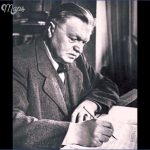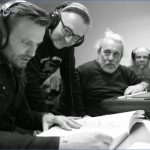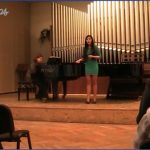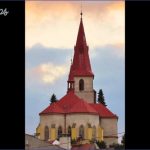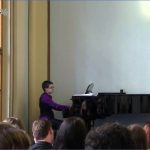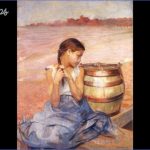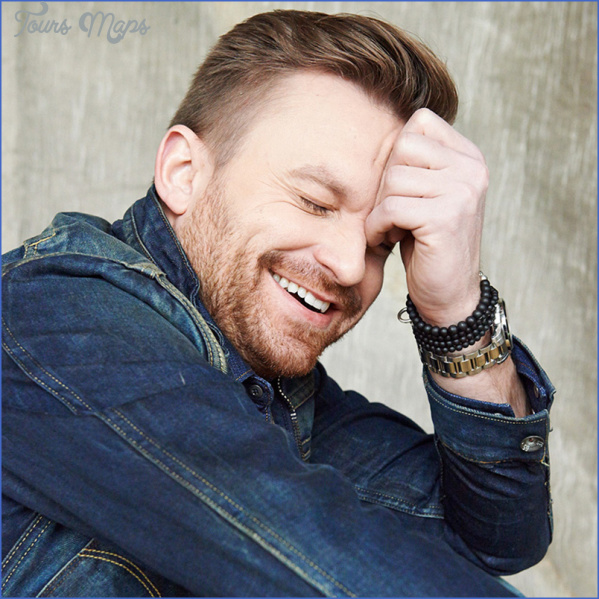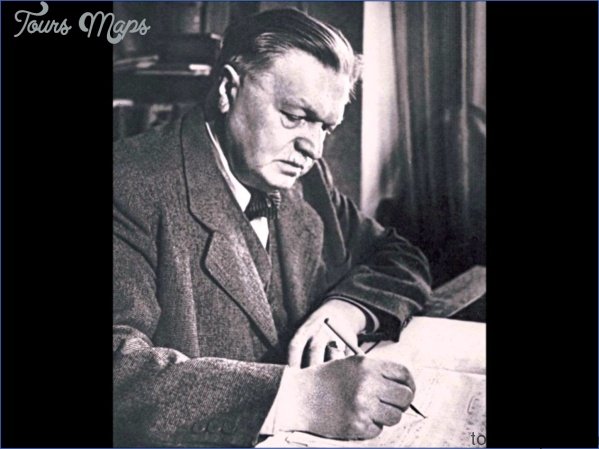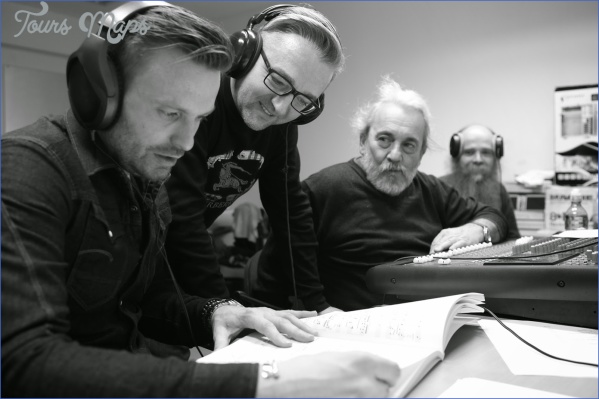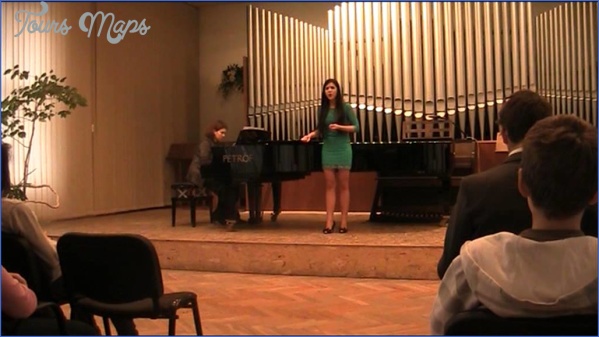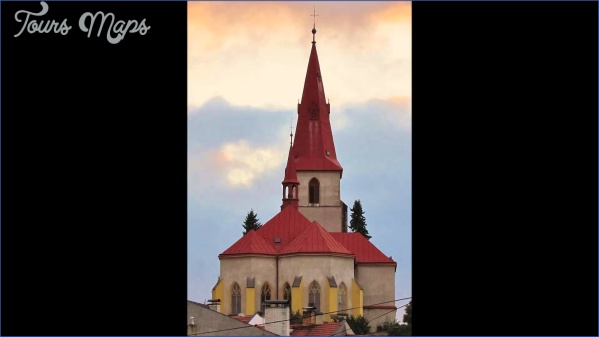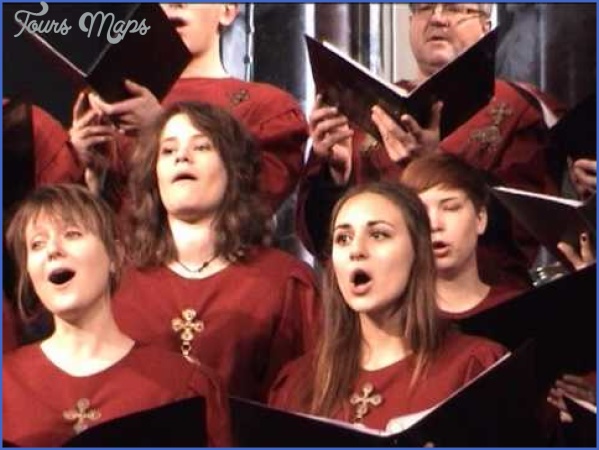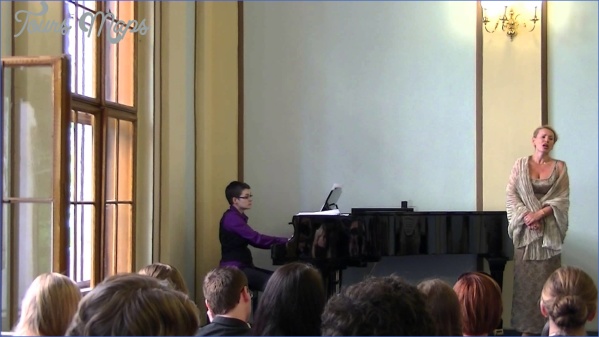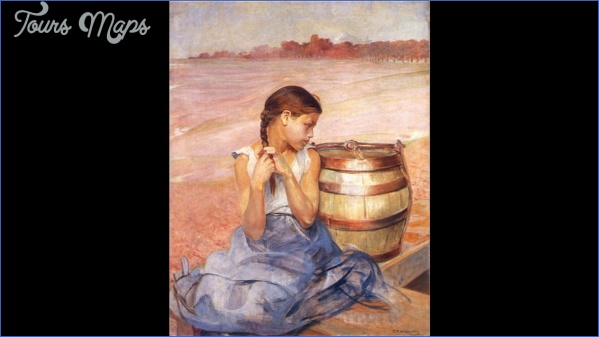SCHNEIDER-TRNAVSKY
Trnava, some 50 km north-east of Bratislava, is often called the ‘Slovakian Rome’, and for almost half a century its musical pope was Mikulass Schneider-Trnavsky. Born in the city in 1881, he became choirmaster of St Nicholas, the cathedral, in 1909, and was still in the post at his death in 1958. There is a bust of him in the main street close to the cathedral.
His birthplace, in Trojicsne namestie, no longer stands (it was close to the present site of the Jednota supermarket), but the house in which he lived, in what is now ulica M. Schneidera-Trnavskeho, immediately opposite the west front of the cathedral, is the Dom hudby, the ‘house of music’. Under the ownership of the Zapadoslovenske Muzeum (the West Slovakian Museum, which lies at the far end of ulica Kapitulska from the cathedral), the property was originally assigned to people working at the cathedral. Now there is an antique shop and a cafe on the ground floor; upstairs are the music department of the state library, in what had been Schneider-Trnavsky’s sister’s flat, with a small display devoted to the guitarist John Dopyera, inventor of the Dobro guitar, who was born locally, and the memorial to Schneider-Trnavsky, opened in his own former flat in 1996. Visitors are handed a portfolio with photographs, showing the house before and during its restoration in the 1990s, and of Schneider-Trnavsky, his family and friends, with a collection of articles by him and about him.
SCHNEIDER-TRNAVSKY Photo Gallery
Dozens of photographs on the staircase lead the visitor into Schneider-Trnavsky’s world. In the main room, by which the visitor enters, there is a large Bosendorfer grand and a bust of the composer, but the most interesting feature – and one unknown to Schneider-Trnavsky, as it was discovered only when, after his time, several paint layers were stripped – is a series of Japanese-style wall paintings, of birds, flowers etc. The room is used occasionally for musical events, but seats only around 30; there are in fact other recital spaces in the adjoining music library and (a larger one) in the parent museum not far away.
In a room off to the left, formerly
Schneider-Trnavsky’s study, are his desk and chair, with his inkstand and paperweights, pencil sharpener and letter knife. Also in the room is another Bosendorfer grand (his own), a leather three-piece suite and a bookcase, his music stand and garlands honouring him. On the opposite side is what was Schneider-Trnavsky’s living-room, now with the main display: one case devoted to his setting of Slovak song, another to his sacred music, both with music and commentary, and two glass-fronted cupboards with some song manuscripts, diplomas, school reports and certificates, some statuettes, an early exercise book (‘Meine Contrapuntische Studien’) and various personal items – bow ties, stamps and a pocket diary, gloves and top hat, as well as violin pegs, bridges and mute. There are several other items of original furniture (cabinets, table and chairs).
An additional room is dedicated to the musical and theatrical history of Trnava and Schneider-Trnavsky’s place within it: there are records, shown on eleven wall panels, of the foundation and activities of the city’s musical organizations, along with posters, programmes, photographs, songbooks and manuscript volumes of church music. Four further panels show photographs, with commentary, of people involved in the city’s musical life, especially Schneider-Trnavsky’s successors. There are also portraits of past Austrian emperors, some instruments, and Schneider-Trnavsky’s hat and walking-stick.
Maybe You Like Them Too
- Explore Doncaster, United Kingdom with this detailed map
- Explore Arroyito, Argentina with this Detailed Map
- Explore Belin, Romania with this detailed map
- Explore Almudévar, Spain with this detailed map
- Explore Aguarón, Spain with this detailed map


